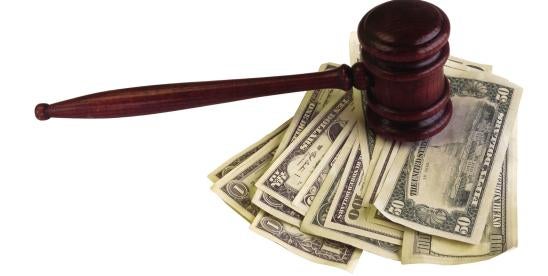When an adversary proceeding is transferred to the district court pursuant to a withdrawal of the reference, which rules—and deadlines—apply: those contained within the Federal Rules of Civil Procedure, or those contained within the Federal Rules of Bankruptcy Procedure? The Eleventh Circuit recently held the Federal Rules of Bankruptcy Procedure, not the Federal Rules of Civil Procedure, govern adversary proceedings before the district courts. Rosenberg v. DVI Receivables XIV, LLC, 2016 WL 1392642 (11th Cir. 2016). In so holding, the Eleventh Circuit agreed with the conclusions of two of its sister circuits, In re Celotex Corp., 124 F.3d 619 (4th Cir. 1997) and Diamond Mortgage Corp. v. Sugar, 913 F.2d 1233 (7th Cir. 1990).
The facts in Roxenberg arose from the dismissal of an involuntary bankruptcy petition, followed by the debtor’s filing an adversary proceeding against the petitioning creditors seeking compensatory and punitive damages as well as attorney’s fees incurred in defending the involuntary petition and in prosecuting the adversary proceeding. The adversary proceeding was bifurcated, with the district court withdrawing the reference on the debtor’s damages claims, and leaving resolution of the claims for attorney’s fees with the bankruptcy court. Following a jury verdict and judgment in the debtor’s favor, the petitioning creditors filed a motion for judgment as a matter of law pursuant to Rule 50(b) of the Federal Rules of Civil Procedure. The petitioning creditors filed the motion within the 28-day deadline in the Federal Rule, but after the 14-day deadline in the Bankruptcy Rule.
The Circuit Court held the motion was untimely. The based its conclusion on the plain language of the federal and bankruptcy rules, finding the plain language of Fed. R. Bankr. P. 1001 requires application of the Federal Bankruptcy Rules in cases under title 11 of the United States Code. The court noted that Rule 1001 was amended in 1987 “for the specific purpose of expanding the reach of the rules beyond the bankruptcy courts to all courts hearing bankruptcy matters.” Further, the advisory committee’s notes to the 1987 amendments stated the amendment “makes the Bankruptcy Rules applicable to cases and proceeding under title 11, whether before the district judges or the bankruptcy judges of the district.” The court could find no justification for treating a party to a bankruptcy proceeding differently based on whether the case or adversary proceeding was being handled by the district court as opposed to the bankruptcy court. In addition to concluding this holding was consistent with the Fourth Circuit’s decision in Celotex and the Seventh Circuit’s decision in Diamond Mortgage, the Eleventh Circuit also found support for its conclusion in the Third Circuit’s decision in Phar-Mor, Inc. v. Coopers & Lybrand, 22 F.3d 1228 (3d Cir. 1994), where the court stated “the Bankruptcy Rules govern non-core, ‘related to’ proceeding before a district court.”
As a result, the Eleventh Circuit held the petitioning creditors’ motion for judgment as a matter of law under Rule 50(b) was untimely because it was not filed within the fourteen day deadline contained in the Bankruptcy Rule.






 i
i

